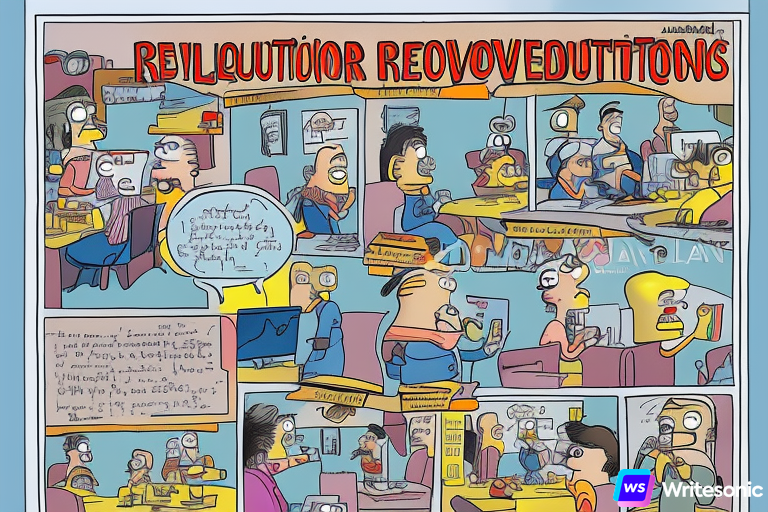Design Thinking
How do we write a course that uses the process of Design Thinking?
Design Thinking (DT) moves course design from a content-based or subject-based model to a focus on students. DT consists of a fluid process that begins with empathizing with the users you are designing for (in this case, students), moves to define their needs, and creates multiple solutions for students to “get there”. Students are the focus.
Course writing using Design Thinking is extremely creative and flexible, and the teacher (creating the course) needs to feel comfortable to create course maps around student needs, as opposed to existing content, or someone’s best judgment. It begins with the assumption that the faculty are not only experts in their content, but also the expert of knowing the struggles and needs of their students. Teachers best know about how students interact with the content successfully or unsuccessfully. A Design Thinking course is adaptive and aims to identify actual problems for students that may not always be a knowledge gap. With Design Thinking, a course that teaches students based on need gives them greater control of their learning.

When a teacher or course writer uses Design Thinking to create a course, they are:
- highly inquisitive and capable of efficient communication.
- inventive and adaptable.
- able to promote creative brainstorming
- able to broaden and limit the scope of ideas in order to arrive at content design conclusions.
- able to conveniently acquire new technologies
- abkle to take the role of facilitator
- empowering students to take ownership of the content
“The ‘Design Thinking’ label is not a myth. It is a description of the application of well-tried design process to new challenges and opportunities, used by people from both design and non-design backgrounds. I welcome the recognition of the term and hope that its use continues to expand and be more universally understood, so that eventually every leader knows how to use design and design thinking for innovation and better results.” – Bill Moggridge, co-founder of IDEO, in Design Thinking: Dear Don References & Where to Learn More Hero Image: Copyright holder: Interaction Design Foundation. Copyright terms and license: CC BY-NC-SA 3.0 Course: Design Thinking - The Ultimate Guide: https://www.interaction-design.org/courses/design-thinking-the-ultimate-guide Don Norman. “Rethinking Design Thinking”, 2013: http://www.core77.com/posts/24579/rethinking-design-thinking-24579 Tim Brown, Change by Design: How Design Thinking Transforms Organizations and Inspires Innovation Introduction, 2009 Bill Moggridge, “Design Thinking: Dear Don”, 2010: http://www.core77.com/posts/17042/design-thinking-dear-don-17042


